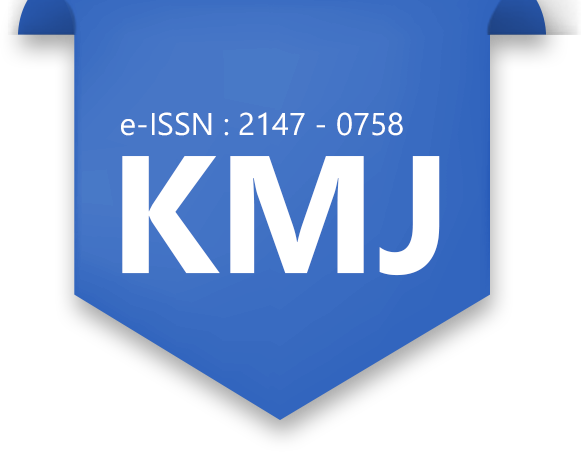
Autologous Corticocancellous Bone Graft Viability After Reversed Placement
Emrah Kağan Yaşar, Can İlker DemirKocaeli University, Faculty of Medicine, Plastic, Reconstructive And Aesthetic Surgery Department, Kocaeli, Turkey.INTRODUCTION: The aim was to present early and late period findings in patients who underwent reconstruction with corticocancellous bone grafts using the technique of inverting the cancellous side of the graft to the side with better blood supply.
METHODS: Patients repaired with corticocancellous bone grafts using this technique between 2018 and 2019 were retrospectively reviewed. The etiology and localization of the defects, the size of the bone graft, the type of soft tissue and early and late complications were documented. Six months later, bone scintigraphy was examined and the viability of the grafts was checked.
RESULTS: There were seven patients with an average age 42. Three patients had maxillary, two mandibular and two frontal bones have defects with the sizes between 3x1.5 cm and 10x4 cm. Random flaps for coverage and plates for fixation were used in all patients except one. Graft fail occurred for one patient and bone reconstruction was postponed until after debridement. All grafts show osteoblastic activity on scintigraphy, except the patient with osteomyelitis.
DISCUSSION AND CONCLUSION: Using the cancellous side of the corticocancellous bone grafts to be applied to the side where the blood supply is relatively better gives good results.
Keywords: autologous, bone graft, reversed, viability
Ters Çevrilerek Yerleştirilen Otolog Kortikokansellöz Kemik Greftlerinin Yaşayabilirliği
Emrah Kağan Yaşar, Can İlker DemirKocaeli Üniversitesi Tıp Fakültesi, Plastik Rekonstrüktif Ve Estetik Cerrahi Anabilim Dalı, KocaeliGİRİŞ ve AMAÇ: Kortikokansellöz kemik grefti ile rekonstrüksiyon yapılan ve greftin kansellöz tarafının daha iyi kanlanmaya sahip olan tarafa çevrilmesi yöntemi uygulanan hastaların erken ve geç dönem bulgularının sunulması amaçlanmıştır.
YÖNTEM ve GEREÇLER: 2018-2019 yılları arasında alıcı bölgeye konarken ters çevrilerek kortikokansellöz kemik greftlemesi prosedürüyle onarımı yapılan hastalar retrospektif olarak incelendi. Defektlerin etiyolojisi ve lokalizasyonu, kemik greftinin boyutu, örtücü yumuşak doku tipi ve erken ve geç dönem komplikasyonlar araştırıldı. 6 ay sonra kemik sintigrafisi ile incelenerek greftlerin canlılığı kontrol edildi.
BULGULAR: Yaş ortalaması 42 olan 7 hasta vardı. Üç maksilla, iki mandibula ve iki frontal kemiğin etkilendiği 3x1,5 cm ile 10x4 cm arasında değişen defektler mevcuttu. Biri hariç tüm hastalarda kapama için random flep ve tespit için plak kullanıldı. Bir hastada greft enfekte oldu ve resorbe oldu,debridman sonrası kemik rekonstrüksiyonu planı ertelendi. Bu hasta dışındaki tüm greftler sintigrafide osteoblastik aktivite gösterdi.
TARTIŞMA ve SONUÇ: Kan akımının nispeten daha iyi olduğu tarafa kansellöz tarafı çevrilerek uygulanmış kortikokansellöz kemik greftlemesi uygulaması, kemik greftinin sağlamlığı ve yaşayabilirliği açısından iyi sonuçlar vermektedir.
Anahtar Kelimeler: kemik grefti, otolog, ters çevrilmiş, yaşayabilirlik
Manuscript Language: English












